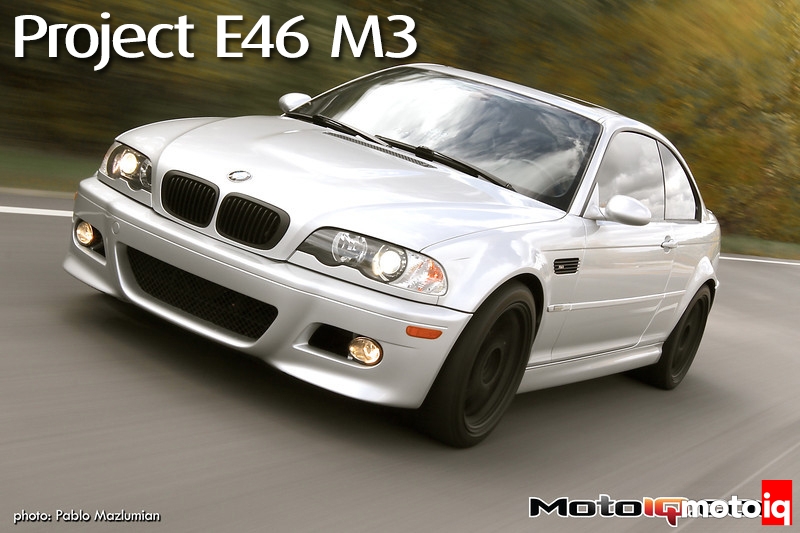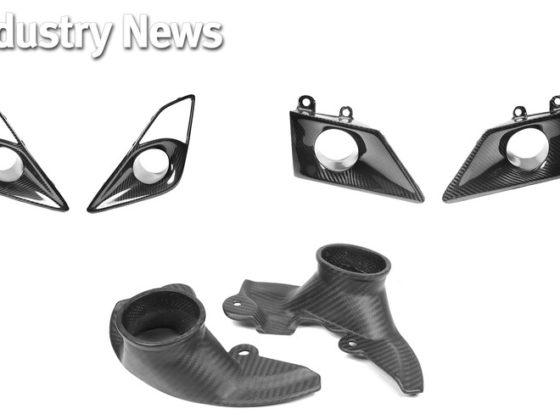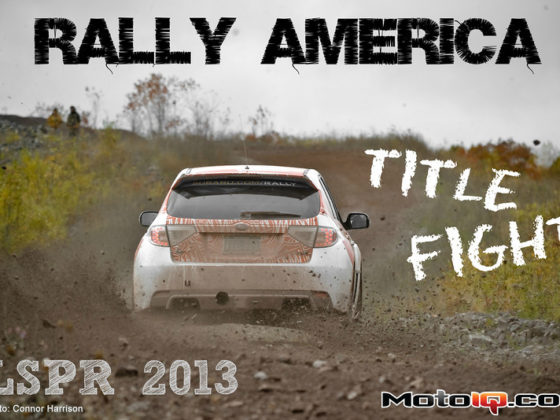,
 While the near 26-lb reduced unsprung and rotating weight is helpful, what will really make handling, braking and acceleration improvements obvious is the additional amount of rubber. Looking at the tires stacked up next to each other, it’s as if we’re running 4.5 tires when compared to before, and let’s not forget we’re talking much softer rubber here, too. In a few pages you’ll catch a glimpse of how much better this car’s performance really is now.
While the near 26-lb reduced unsprung and rotating weight is helpful, what will really make handling, braking and acceleration improvements obvious is the additional amount of rubber. Looking at the tires stacked up next to each other, it’s as if we’re running 4.5 tires when compared to before, and let’s not forget we’re talking much softer rubber here, too. In a few pages you’ll catch a glimpse of how much better this car’s performance really is now.
 As mentioned earlier, I had a chance to test these tires at the NOLA Motorsports racing circuit in New Orleans earlier this year. There were Rival-equipped Subaru WRXs…
As mentioned earlier, I had a chance to test these tires at the NOLA Motorsports racing circuit in New Orleans earlier this year. There were Rival-equipped Subaru WRXs…
 …as well as E46 M3s. The performance difference with the Rival tire compared to, in this case, a Hankook Ventus RS-3—and in an O.E. stock size, no less—was simply mindboggling. Braking points, mid-turn G-force, slalomed switch backs, acceleration grip…everything felt different and far more precise with the Rival.
…as well as E46 M3s. The performance difference with the Rival tire compared to, in this case, a Hankook Ventus RS-3—and in an O.E. stock size, no less—was simply mindboggling. Braking points, mid-turn G-force, slalomed switch backs, acceleration grip…everything felt different and far more precise with the Rival.
 We also got to drive Ford Mustang RS500 racers in order to compare the Rival to the Falken Azenis RT-615K, which is no slouch of a tire! Still, I'd lost confidence jumping into the Falken-equipped Stang after driving the Rival-equipped one, even though I was a little more familiar with the track by that time.
We also got to drive Ford Mustang RS500 racers in order to compare the Rival to the Falken Azenis RT-615K, which is no slouch of a tire! Still, I'd lost confidence jumping into the Falken-equipped Stang after driving the Rival-equipped one, even though I was a little more familiar with the track by that time.
 In the WRX Subies, we performed a couple of coned laps in a parking lot–first with the Rival then with two competitors’ tires, and then back to the Rival. Thus, the Rival had twice the abuse over the rest, and yet this is what it it looked like by day’s end, with surprisingly even tire wear. Also notice how far down the side we were seeing grip from the saw-toothed, “extreme edge technology.”
In the WRX Subies, we performed a couple of coned laps in a parking lot–first with the Rival then with two competitors’ tires, and then back to the Rival. Thus, the Rival had twice the abuse over the rest, and yet this is what it it looked like by day’s end, with surprisingly even tire wear. Also notice how far down the side we were seeing grip from the saw-toothed, “extreme edge technology.”
  |
The picture above shows the visual wear differences between each tire. I can’t stress enough what the difference was from inside the cockpit. With the Rival I not only found a much more predictable tire, but when I plowed in a little too hot into a turn, I’d breathe off the throttle for the car to instantly hook right back up with the line.
With the other two tires, I actually had to change my driving style. The confidence I had in all performance aspects while piloting on Rivals was lost with the the competition's tires. If I plowed through a turn too hot, the whole turn was shot by comparison. The feedback differences between the Rival and these competitors was something I won’t soon forget. Don't get me wrong either–it's not that the Toyo and Hankook tires aren't good. It's just that Michelin and BF Goodrich have raised the bar really high for a street-driven tire.
Okay I’m done raving about the G-Force Rival. Let’s get back to the rest of our new parts on the next page…



